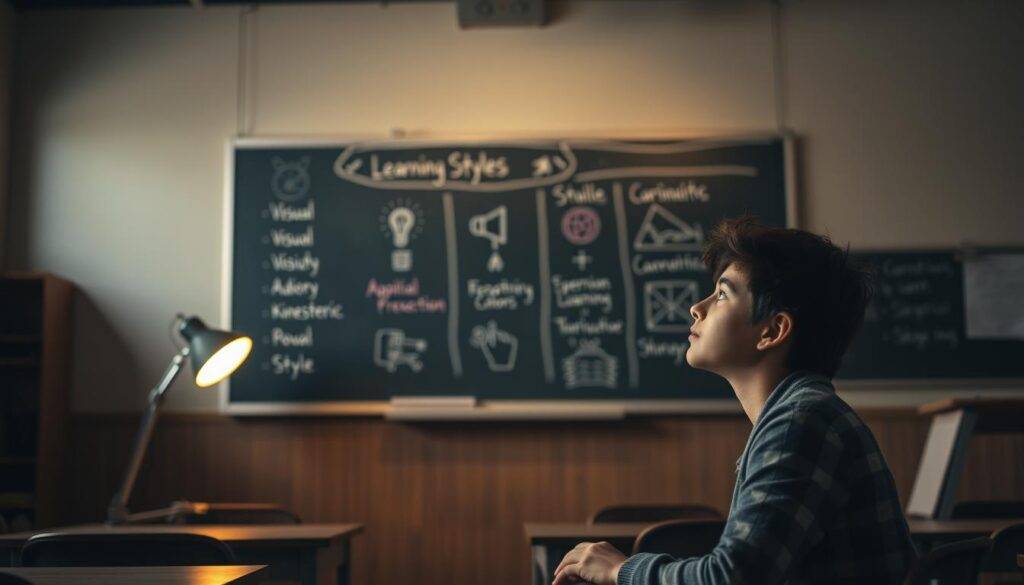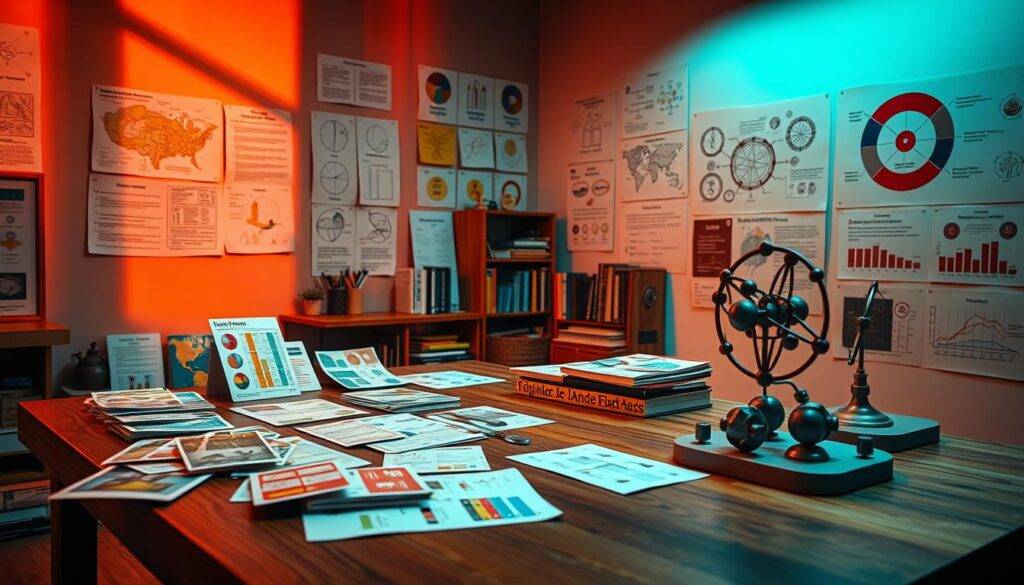The science of habit formation has evolved significantly in recent years, with groundbreaking research revealing that we can dramatically accelerate how quickly we build lasting habits. This article explores a powerful combined approach that can help you learn habits up to 400% faster by leveraging two scientific principles: cue-action association frequency and mental visualization.
The Science Behind Rapid Habit Formation
Habit formation traditionally follows a predictable pattern. As James Clear explains in “Atomic Habits,” the strength of a habit isn’t determined by how many days you perform it, but rather by:
- How many times you associate a specific cue with an action
- How strongly that cue becomes associated with the behavior
This insight reveals an opportunity: if we can increase the frequency of cue-action associations, we can potentially accelerate habit formation proportionally.

The Visualization Advantage
While physical repetition is valuable, research from the book “Psycho-Cybernetics” by Maxwell Maltz demonstrates something equally powerful: mental rehearsal can be nearly as effective as physical practice for certain skills. In studies on dart-throwing proficiency:
- Group 1: Practiced physically
- Group 2: Only visualized practicing
- Group 3: Control group (no practice)
Remarkably, Groups 1 and 2 showed almost identical improvement, suggesting our brains don’t fully distinguish between vividly imagined experiences and real ones when forming neural pathways.
The Combined Approach: Cue-Visualization Method
By combining these two principles, we can create a system that allows for dramatically accelerated habit formation:
- Identify your habit and its trigger (cue): Select the specific behavior you want to adopt and the situation that will trigger it.
- Physical implementation: Perform the actual habit when the cue occurs naturally.
- Mental reinforcement: Visualize the cue-action sequence multiple times daily at consistent intervals:
- During breakfast
- During lunch
- During dinner
- Before bed
Why This Method Works
This approach leverages several psychological principles:
1. Increased Neural Association
By mentally rehearsing the cue-action sequence four additional times daily, you’re effectively creating the same neural pathways that physical practice would establish. Your brain strengthens the association between cue and action with each visualization.
2. Contextual Variety
Visualizing at different times of day helps your brain generalize the habit, making it more robust and less dependent on specific circumstances.
3. Spaced Repetition
Distributing visualizations throughout the day takes advantage of the spacing effect, which enhances memory formation compared to massed practice.
4. Emotional Engagement
Visualization allows you to experience the positive emotions associated with successfully completing the habit, reinforcing your motivation.
Implementation Guide
Step 1: Habit Selection and Design
Choose a specific, actionable habit with a clear cue. For example:
- Habit: Drinking a glass of water
- Cue: After brushing teeth in the morning
Step 2: Create a Visualization Script
Develop a detailed mental script that includes:
- The exact trigger situation (sensory details help)
- Your specific actions
- The positive feeling of completion
- Any rewards or benefits
Step 3: Schedule Visualization Sessions
Set reminders for your four daily visualization sessions. The key is consistency.
Step 4: Practice High-Quality Visualization
During each 1-2 minute session:
- Find a quiet moment
- Close your eyes
- Imagine the cue situation with all sensory details (sights, sounds, feelings)
- Visualize yourself performing the habit with perfect execution
- Experience the satisfaction and benefits
Step 5: Track Progress
Keep a simple log of both physical habit performance and visualization sessions to measure consistency.
Real-World Results
Those who implement this method consistently report dramatic improvements in habit acquisition speed. While traditional advice suggests habits take anywhere from 18 to 254 days to form (averaging around 66 days), this approach can potentially reduce that timeframe by 75% or more.
The approach is particularly effective for:
- Morning and evening routines
- Exercise habits
- Mindfulness practices
- Productivity habits
- Health-related behaviors
Common Challenges and Solutions
Challenge: Forgetting to visualize
Solution: Link visualization sessions to existing daily anchors like meals and bedtime.
Challenge: Low-quality visualization
Solution: Enhance visualization quality by focusing on sensory details and emotional states.
Challenge: Difficulty maintaining focus
Solution: Start with brief 30-second visualizations and gradually extend duration.
Challenge: Impatience with results
Solution: Track small wins and improvements to maintain motivation.
Conclusion
The Cue-Visualization Method represents a significant advancement in our understanding of habit formation. By combining the principles of increased cue-action association and mental rehearsal, we can dramatically accelerate the habit formation process.
While this method requires discipline in maintaining consistent visualization practice, the return on investment is substantial. Not only can you develop habits faster, but the habits formed tend to be more resilient and adaptable across different contexts.
By implementing this approach, you can transform the way you build habits, potentially accomplishing in one month what might otherwise take four or more months of traditional practice. The power of this method lies in its simplicity and the fact that it works with—rather than against—your brain’s natural learning mechanisms.





























































